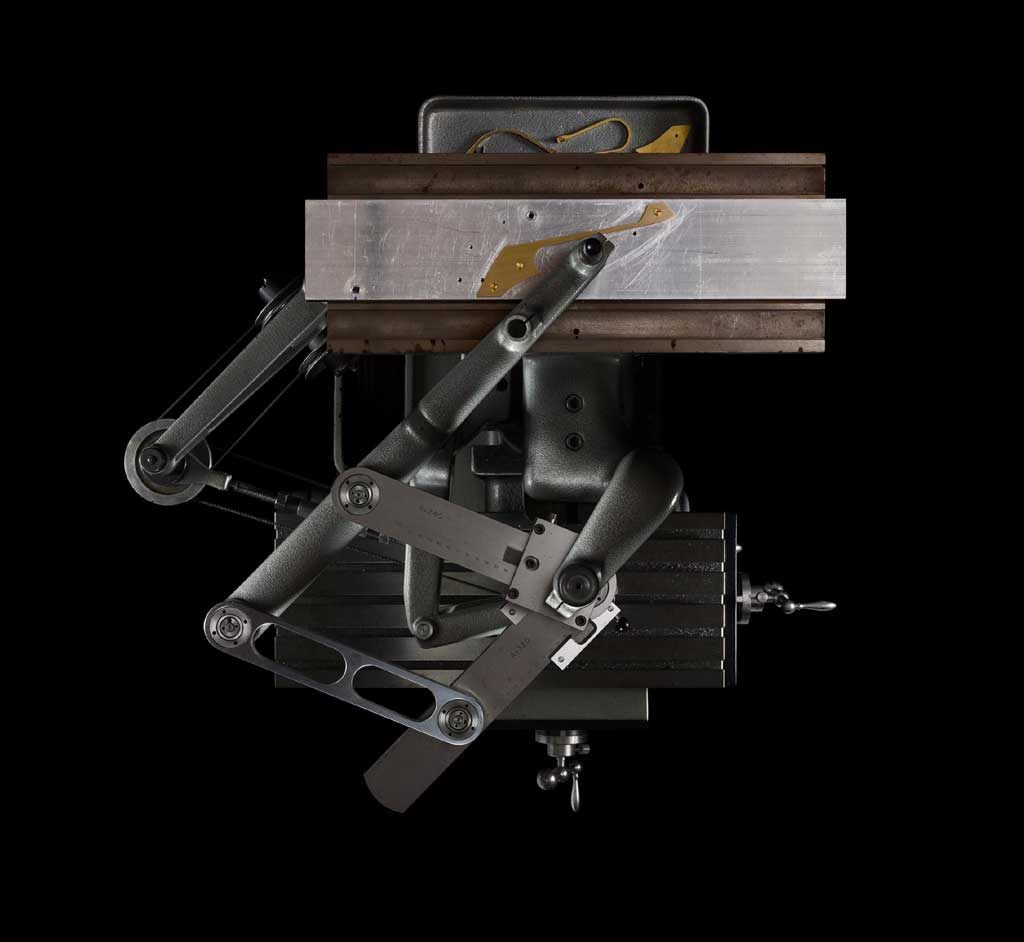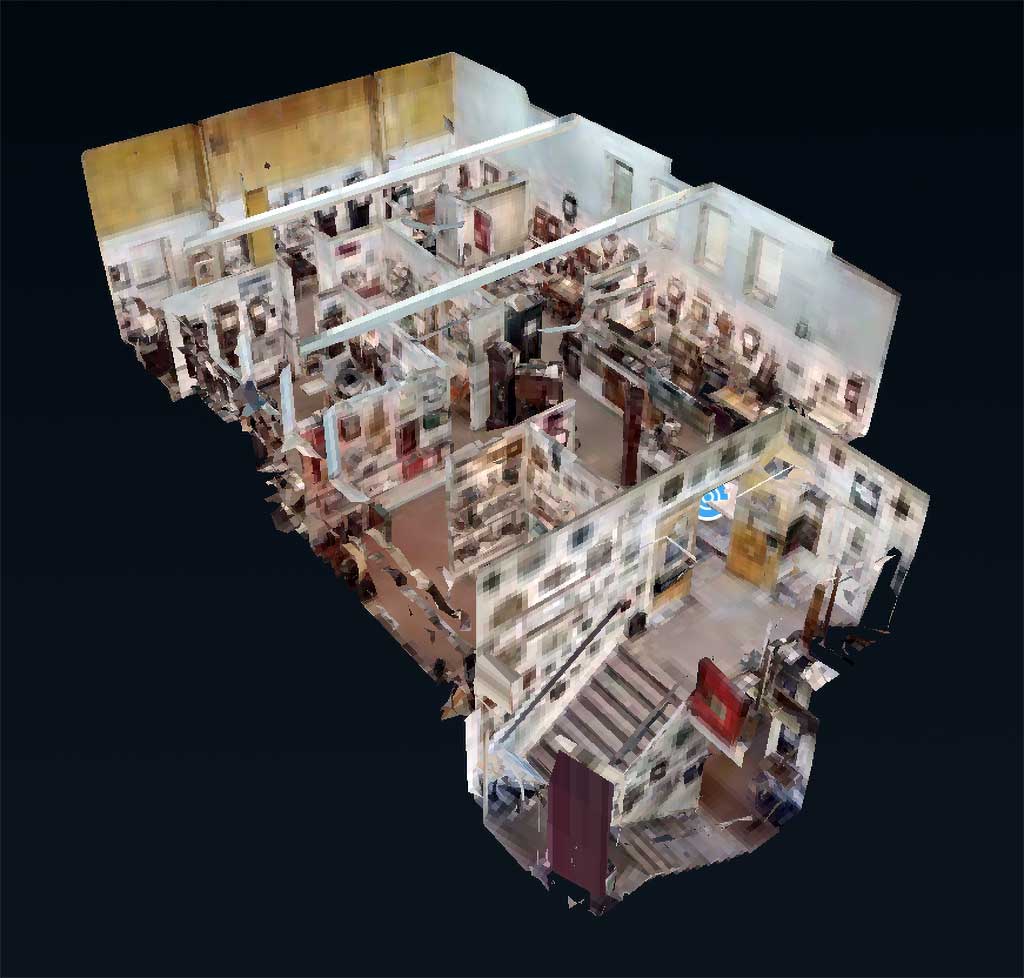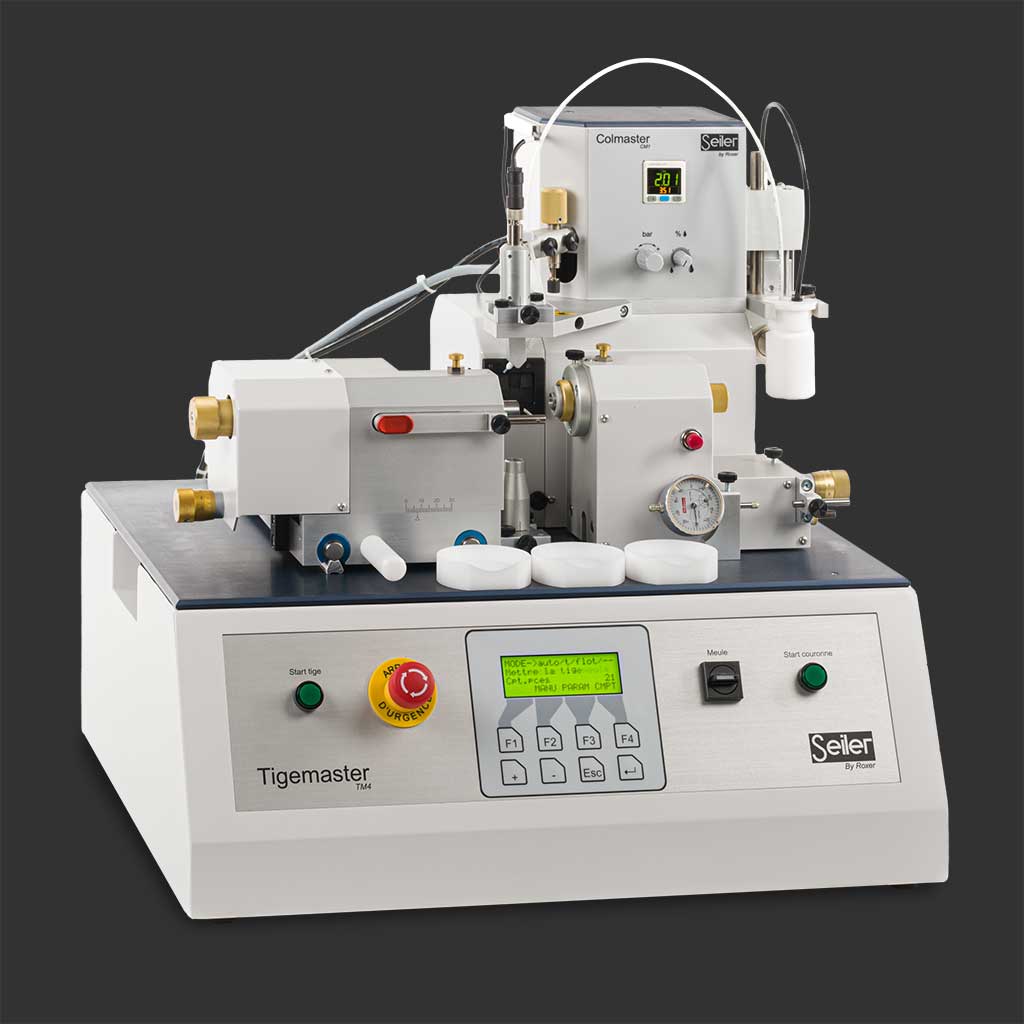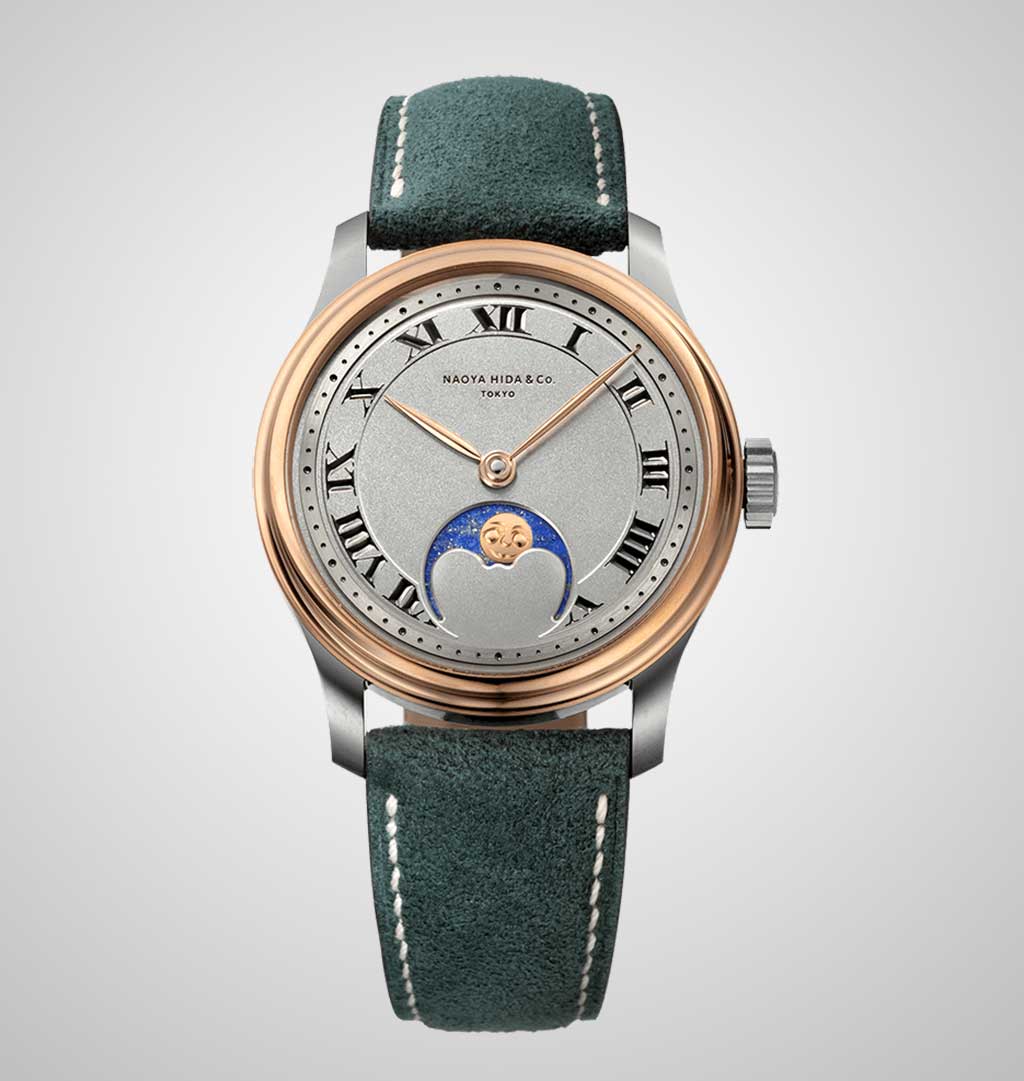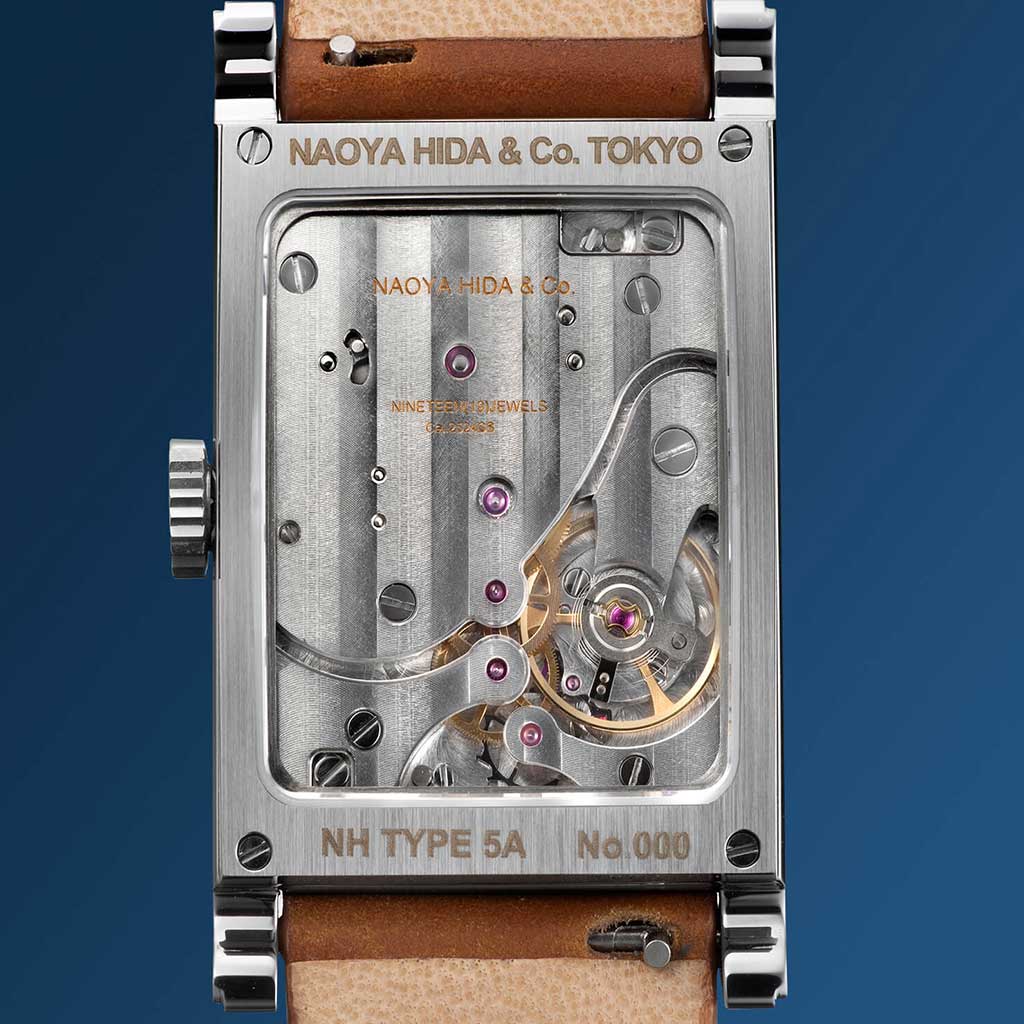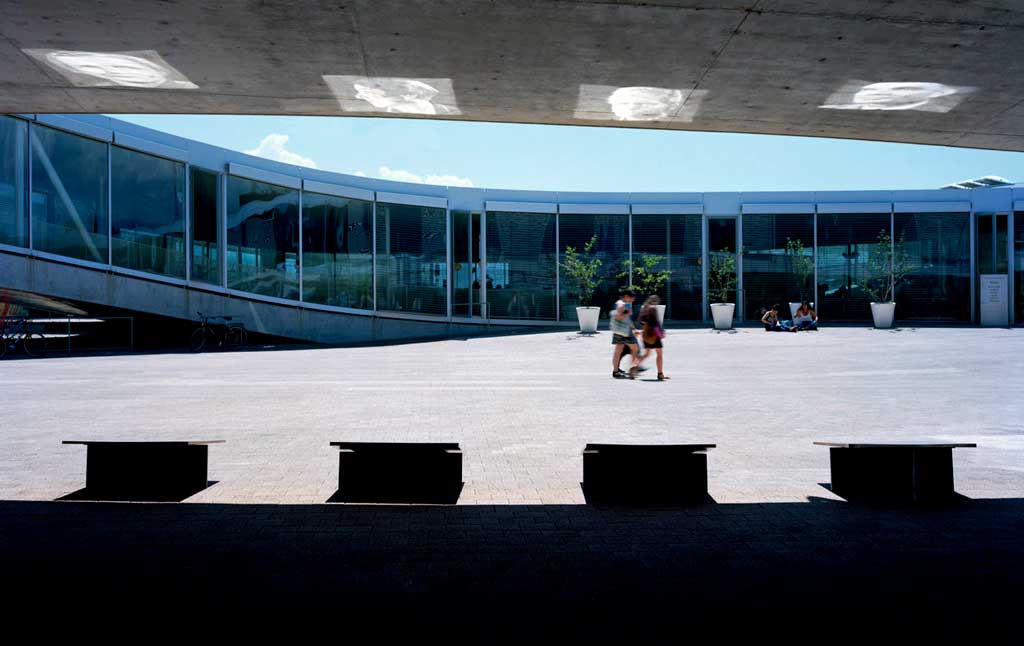Situated under the Rolex Learning Center at the Swiss Federal Institute of Technology Lausanne (EPFL), sol.id is an art installation that employs novel, computational technology and manufacturing techniques to create specular metal surfaces that orchestrate caustic light reflections to form images.
The portraits reflected onto the main arch of the Rolex Learning Center are those of Alan Turing, Rachel Carson, Marie Curie, and Eileen Gray.
Created by Rayform, a Swiss company started by graduates of EPFL, the technology used to create the bat-signal-like crown of MB&F's HM3 Frog X.
The title of the work is a play on the latin word for sun, sol, the abbreviation of identification, ID, and the fact that the mirror-like surfaces are crafted from solid blocks of metal.
Image credit Rayform SA
